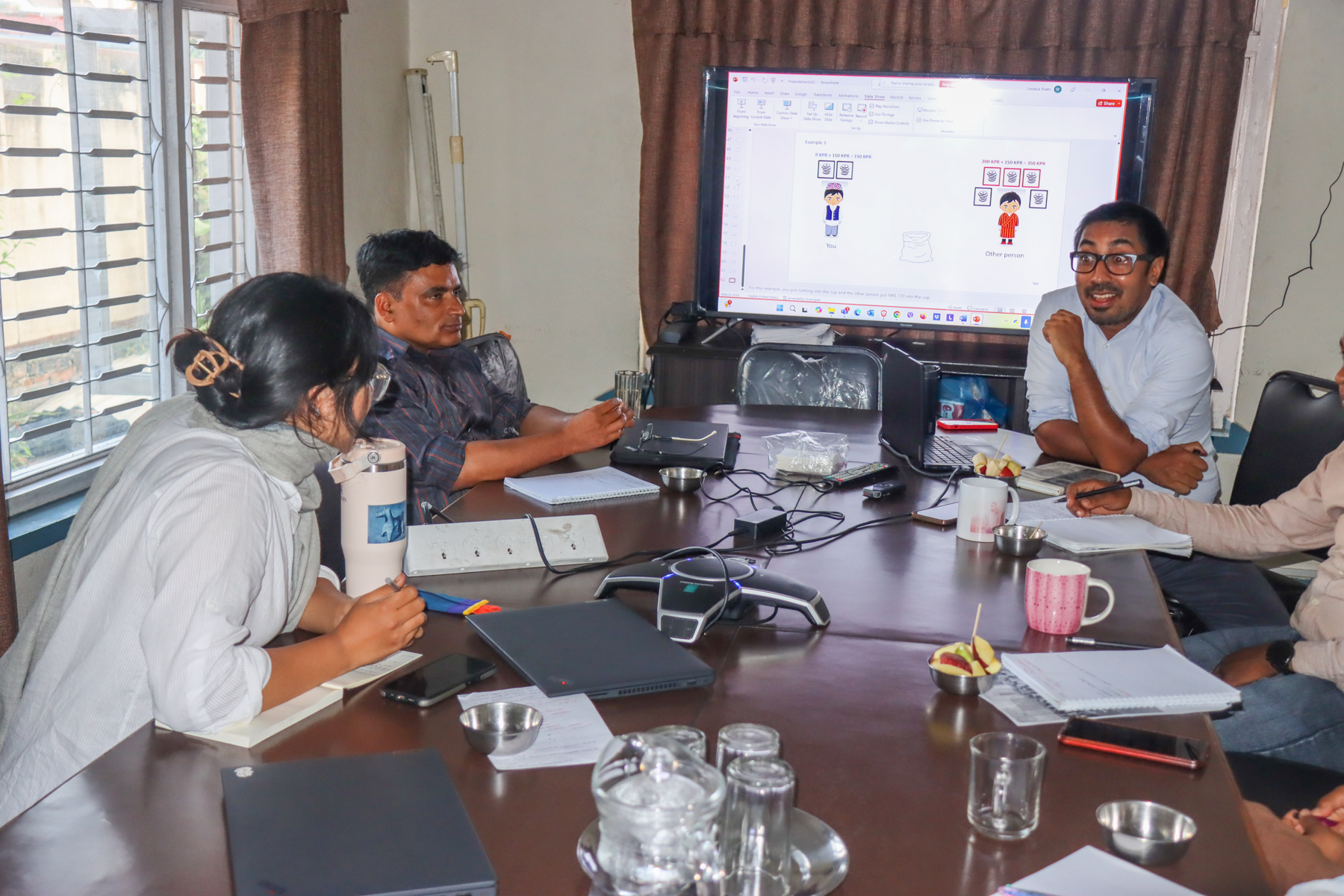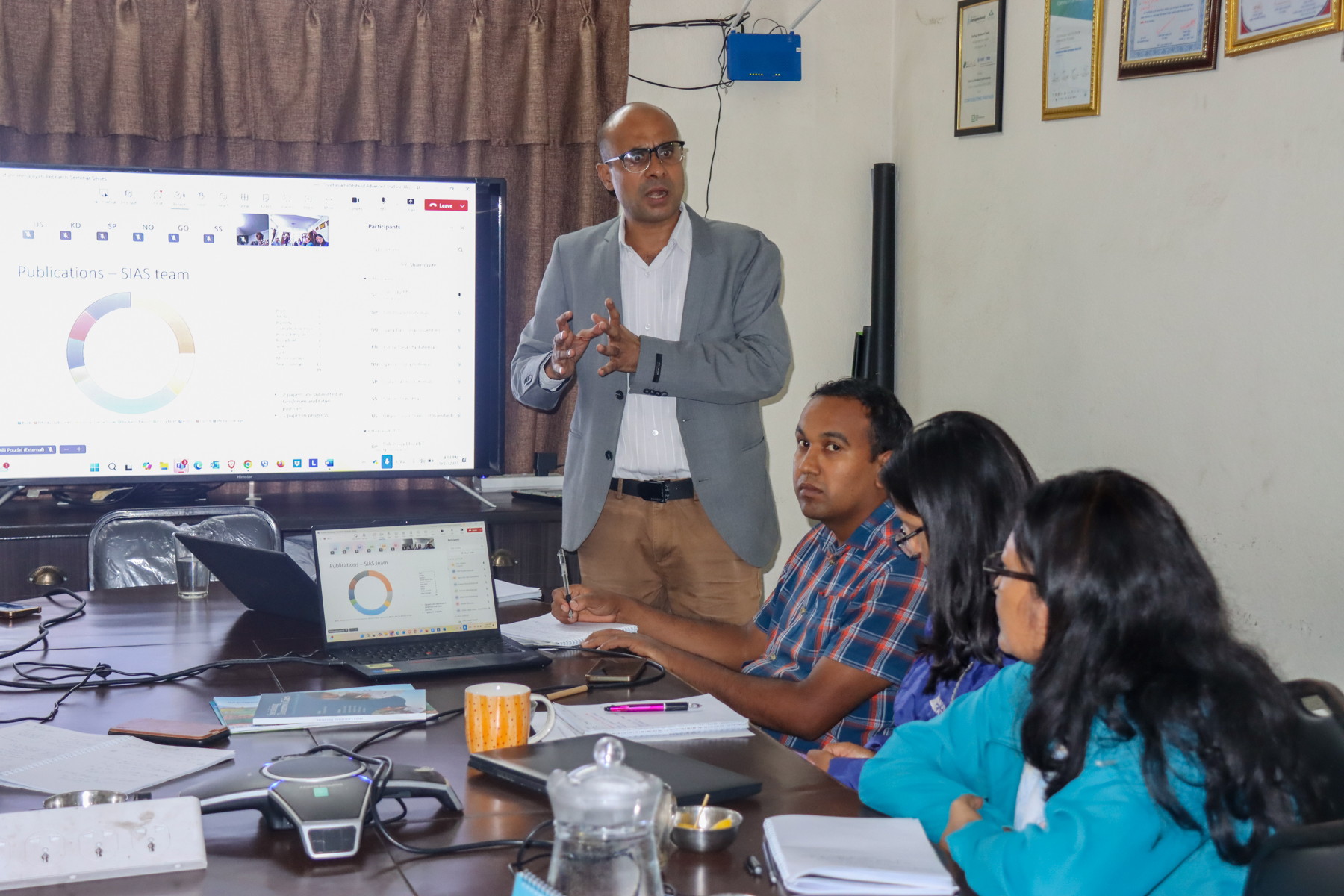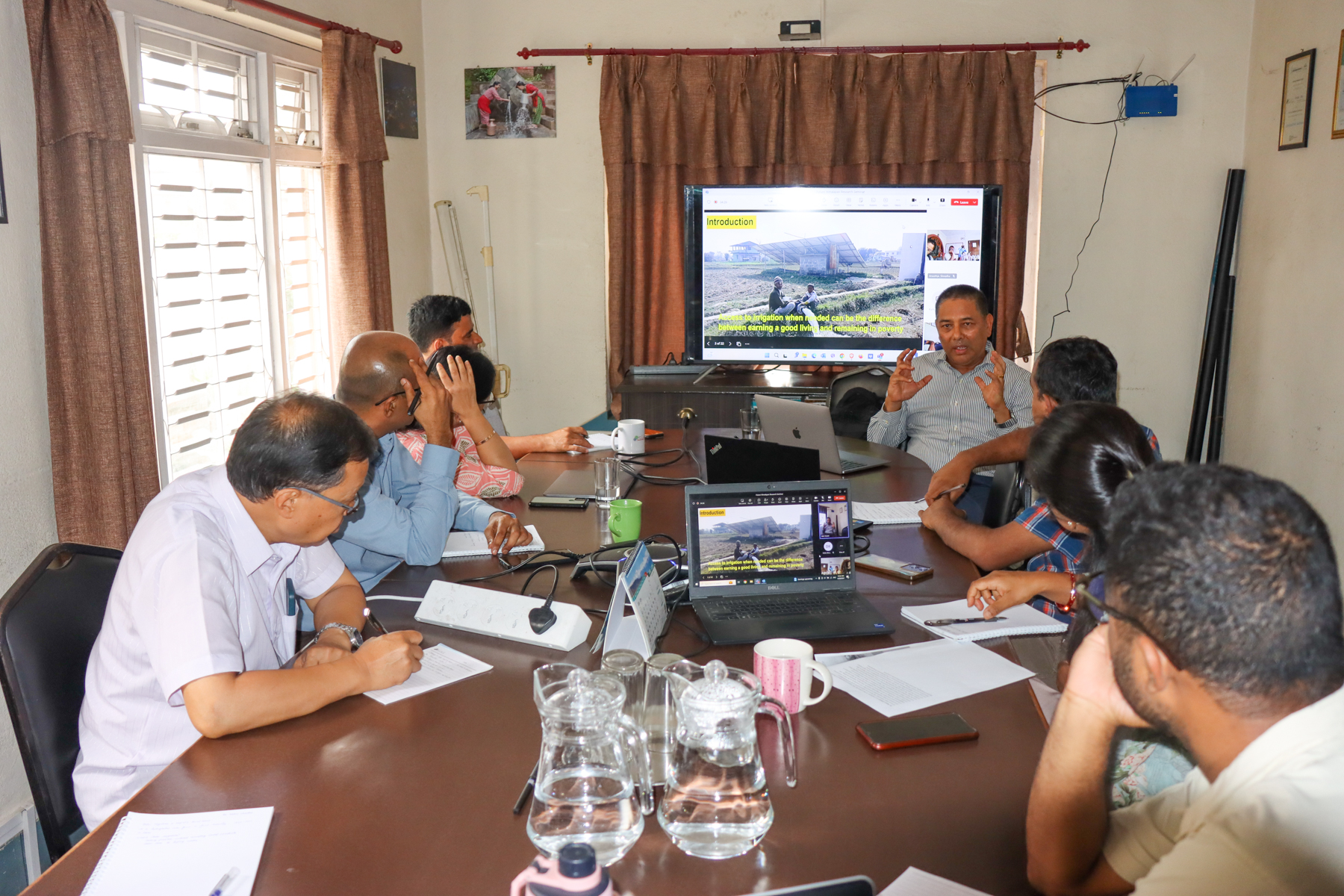Southasia Institute of Advanced Studies (SIAS) in collaboration with the local government of Kavrebhanjyang, ward 9 of Dhulikhel Municipality (DM) organized a village level meeting entitled “Identification and status of local water resources in Kavrebhanjyang” on 10th September 2022. The meeting was organized as a part of the ongoing ESRC-funded “Transforming Political Capabilities for Equitable Resilience” (PolCaps) project that intends to enhance the political capabilities of those marginalized in relation to the urban infrastructure systems. As a part of the PolCaps project, the researchers from SIAS have been co-working with the local government and the local communities in Kavrebhanjyang in mapping the local water sources and documenting the local knowledge on the status of those water sources. This meeting was an important process of enhancing political capabilities and focused on sharing and verifying the information on names, location and status of local water sources and updating the maps jointly with the communities.
It was organized at the Karthari secondary school located in Kavrebhanjyang. A total of 48 participants including 35 community members (male 25, female 10) from different settlements including socio-culturally marginalized groups, four ward representatives and four researchers from SIAS participated in the meeting.
The meeting started with a brief introduction of the participants and welcome remarks from the ward chairperson. Following that was a short presentation by Dr. Dilli Prasad Poudel reflecting on almost a decade long collaboration between SIAS and DM. A short video on past research engagements of SIAS and Dhulikhel played after the presentation helped the participants better connect to the approach and activities of SIAS. Next, Dr. Anushiya Shrestha re-introduced the PolCaps project highlighting its objectives and briefly presenting the project activities conducted at Kavrebhanjyang since the commencement of the project in 2020.
Moving forward, Mr. Binod Adhikari presented the reasons for initiating the mapping of water resource in Kavrebhanjyang, the methodologies adopted for the data collection and presentation of the sources in the GIS maps. He further shared the initial findings of the mapping process and displayed the water resources maps prepared after the data collection. Towards the end of his presentation, he explained about the categorization of the sources that were done during the mapping process that helped the participants better connect to the GIS maps and understand the intention of the group work planned for the next session.
After the presentation, participants were divided into five groups based on the proximity of their settlements and shared water sources. These groups were provided with four sets of printed provisional maps prepared from the data collected through mapping exercises and source visits conducted with the community. Each map represented different categories of water resources in Kavrebhanjyang. The researchers facilitated the participants to check names, location of the source and requested to add if any of their sources were missing. Along with the maps, the participants were provided a checklist for listing out the information for the sources that were added to the maps.
The participants highly appreciated the efforts of SIAS in identifying their sources and mapping them and realized that it could be an invaluable asset to the local government for their water resource management. They actively participated in the group work and were very keen to know if all of their sources were included in the maps. The group work was followed by a presentation from each group where they highlighted the missing sources, their present status and their support to visit the sources and collect the needed information.
After the presentation from all the groups, Mr. Bishnu Prasad Humagain, Mr. Hari Humagain and Mr. Murali Prasad Bajgain, who had a long experience in water management in Kavrebhajyang gave a short remark on the history of water management and possibilities for its effective management in the future. Mr. Hari Bahadur Adhikari, principal of the Karthari secondary school also appreciated the efforts of SIAS and was hopeful that it would certainly help for the effective water resource management in Kavrebhanjyang.
Lastly, the chairperson of Kavrebhanjyang, Mr. Badri Humagain appreciated the enthusiastic participation of the community and formally ended the meeting.




